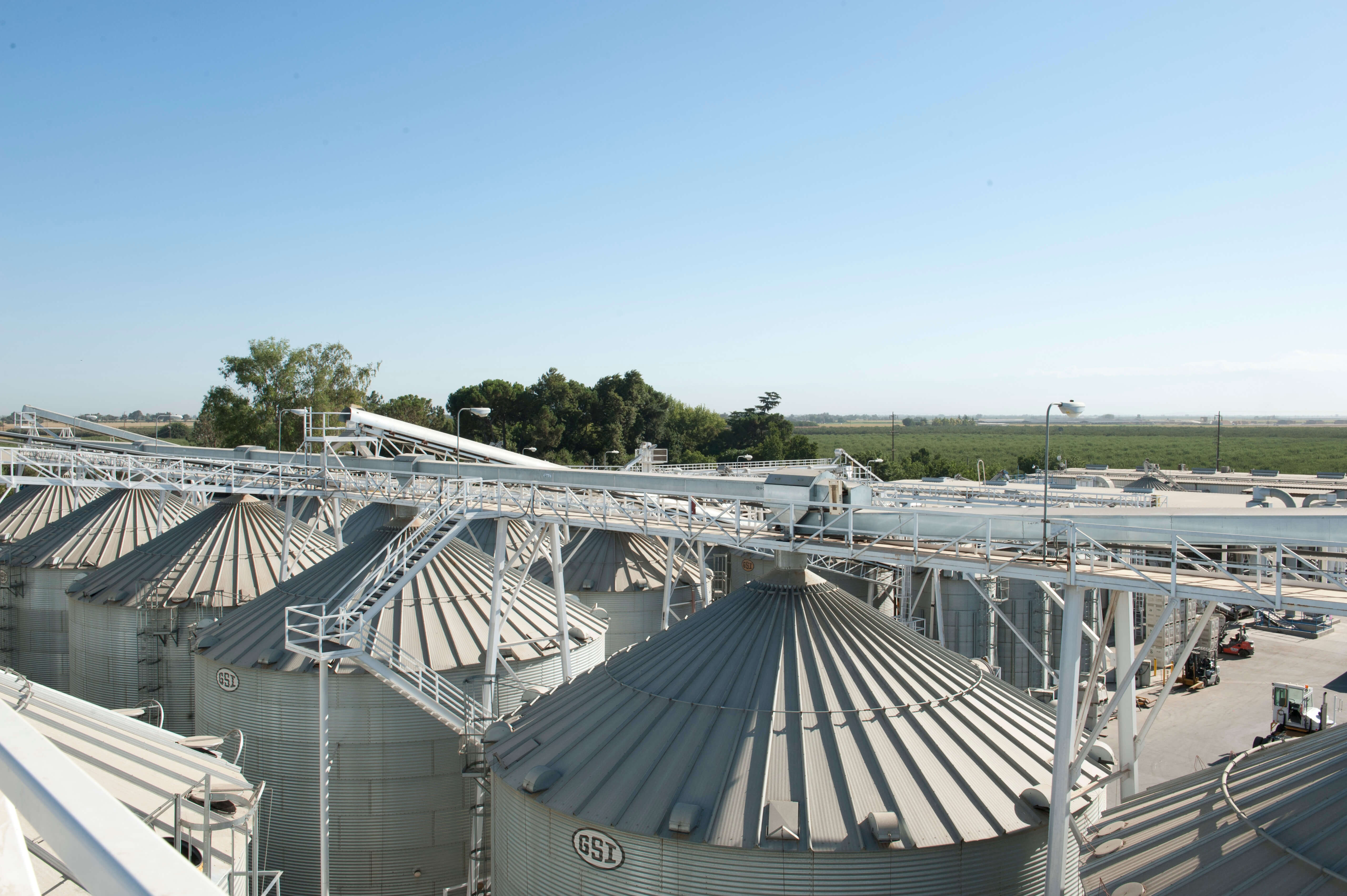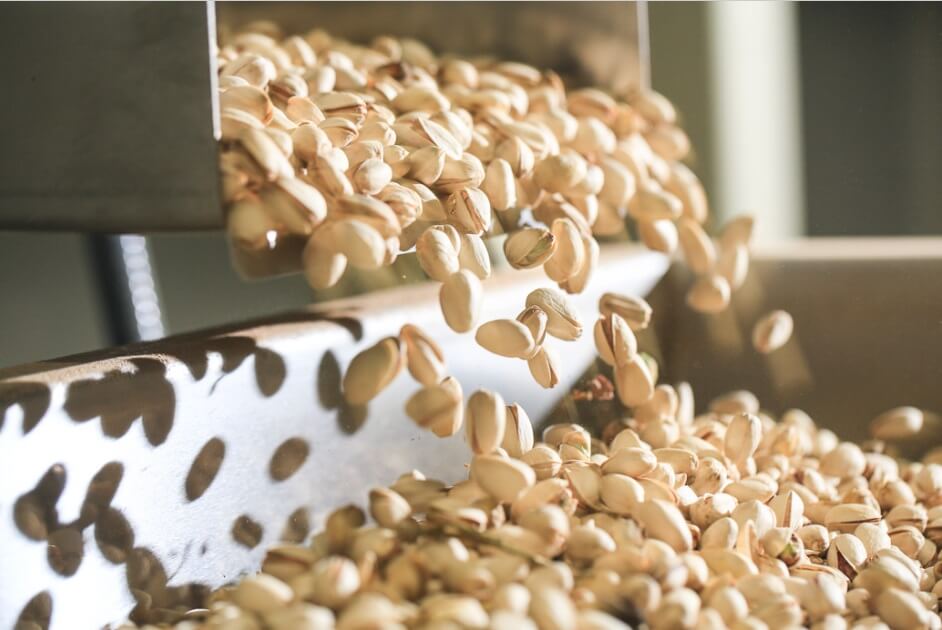
Pt. II – More CMMS knowledge, more ROI
Nichols Farms, the seventh largest pistachio processing plant in California, recently started using eMaint computer maintenance management system (CMMS) software. In Part 1, you learned how the organization successfully gained technician buy-in for the system. In Part 2, learn how the organization used the CMMS to boost work completion rates by a whopping 400%.
Make it work
Knowing the capabilities of the CMMS allows users to fully maximize the system. Before Maintenance Planner Chris Kennedy started using eMaint, he made certain he understood how Nichols Farms could leverage the system to achieve the pistachio processing plant’s goals. After educating himself by attending eMaint seminars, demonstrations, and online eMaint University courses, Chris developed a plan and a path to success.
The overarching goal: reach world-class maintenance status. His priorities were:
- Increase worker productivity
- Eliminate manual processes
- Increase work completion rates
“In just one month, we saw a 400% increase in work order completion,” Kennedy said. “And, that was just with using the basic work order management system. We were scheduling technicians, their workloads and their downtime.”
Welcome auditors with organized, clear records
Showing auditors you’re in compliance with food safety regulations is a critical deliverable of the food industry. When an auditor asked Kennedy how Nichols Farms ensured parts were being taken off the production floor and tools were being cleaned, he could show them.
“We added a procedure to all work orders stating that, ‘By checking this box you’re ensuring that all parts were removed from the floor, accounted for, and tools were cleaned upon completion,’” Kennedy explained. “The auditor loved it.”

eMaint features RIME and reason
Kennedy also leveraged the eMaint RIME (Ranking Index for Maintenance Expenditures) function to plan, schedule, and prioritize maintenance tasks. The assets and work orders ranked the highest get scheduled first. Additionally, labeled work order types within the system—for example, No. 1 safety, No. 2 reactive, and No. 3 preventive.
When Kennedy first started his job with Nichols Farms, technicians were dispatched to investigate or fix a problem, whether it was a corrective, safety, or a reactive equipment problem.
“Now when operators believe they have a reactive situation, they submit a work request using the CMMS,” he continued. “If it’s labeled reactive, the maintenance supervisor will immediately determine whether it is, in fact, a reactive situation or not, and take the appropriate action.”
Capitalizing on the eMaint CMMS
Kennedy also improved workflows by including checkboxes on work requests that when marked would automatically indicate, for instance, parts had arrived. Technicians would then know they could move forward with completing the job.
“The biggest factor for driving down reactive time is making sure your reactive work orders or failures are represented on the preventive maintenance (PM) report,” Kennedy finished. “For instance, if a chain failed, such as on a bucket elevator, because it wasn’t tensioned properly, I can go back to the report and see how often the tension is being adjusted. If the time frame isn’t working, we increase the frequency. If the failure isn’t represented, I can add a PM task.”
Since implementation, Nichols Farm (including Chris and the maintenance team) have closed in on one of their other maintenance goals. Previously, the plant operated at about 40% reactive maintenance. The goal was to get to under 20%. Today, the plant operates at 12% to 15% reactive.
_________________________
If you’d like to learn more or take part in a live demo with an eMaint specialist, please contact us today!
